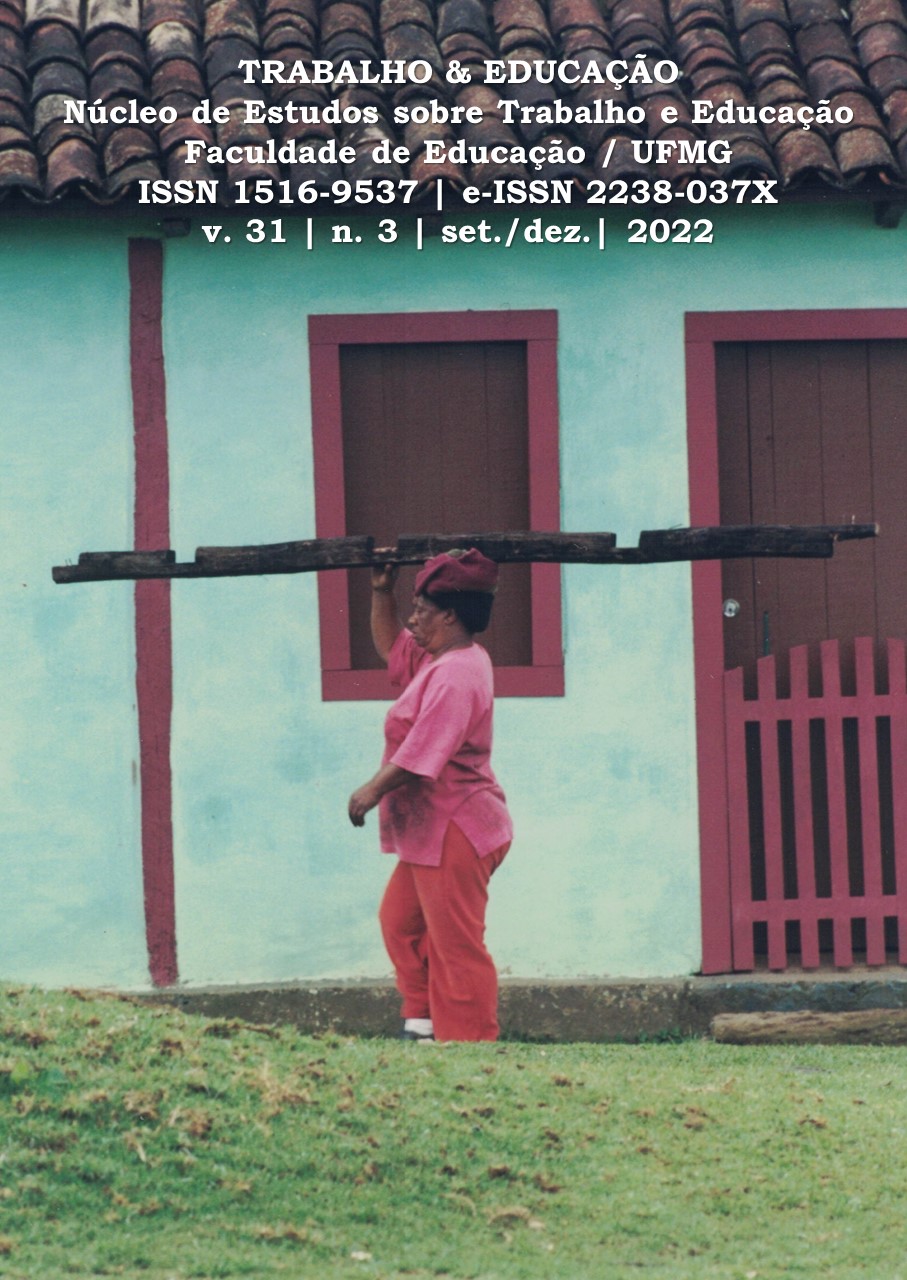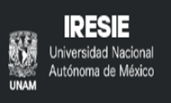Social inequalities, school dropout and student persistence in Vocational High School Education
an analysis from the perspective of the pedagogical process
DOI:
https://doi.org/10.35699/2238-037X.2022.40205Keywords:
School dropout, Student persistence, Social inequalitiesAbstract
This study has analyzed the relationship among social inequalities, school inequalities, dropout and student persistence in Vocational High School Education in a Federal Institute linked to the Federal Network of Vocational, Scientific and Technological Education. It highlights the relevance of the organization of the pedagogical process, regarding the understanding and monitoring of dropout and student persistence in the Federal Institute under consideration. Inequalities are part of the broad context of social relations produced by capitalism. From this perspective, it is possible to verify the existence of some peculiarities that are embodied, especially, in the duality between general and vocational education, marked by social inequalities. There are also other factors such as the students' socioeconomic trajectories and conditions, the cultural and family environments, the access, or not, to social and cultural capital, and, finally, the individual and school aspects, among others. In this context, dropout is a socially unequal phenomenon, therefore, a manifestation of social inequalities in school, and should be considered as a historical and social construction. This phenomenon is constituted in the context of the pedagogical process and it is characterized as a complex process, which presents a diversity of situations and factors. Regarding the methodological development, a case study was carried out at the Integrated High School of the Federal Institute of the Northern Minas Gerais/Campus Januária. Initially, we conducted a bibliographic study on the following topics: social and school inequalities in the organization of school in a capitalist Society; history, relations and contradictions of Brazilian Vocational Education; dropout and student persistence. Subsequently, a questionnaire was applied to students who had completed, dropped out or were still in progress at the Vocational High School Education of the Januária Campus. We also conducted individual interviews with students who had dropped out and a focus group with students who had finished the course. We also analyzed the documents that make up the process of discussion related to dropout and persistence in Brazilian institutions, in general, and in IFNMG, specifically. Important findings were identified, especially regarding the profile of students most likely to drop out and the factors that influence their decision about dropping out or not. Some characteristics of the students that make up this risk group are: low family income and fathers and mothers in a low professional stability position, elementary school attended in public schools, black students and having been held back in at least one grade. On the other hand, it was found that the institutional programs of financial aid and student residence and semi-residence programs have contributed significantly to the student persistence, especially those students who present elements associated with the risk group for dropping out. It was also verified that affinity with the course, support from family and friends are influential aspects on student persistence. But the research showed that social inequalities are not limited to the relationship between socioeconomic profile and dropout risk. Social inequalities in technical high school are associated with the perceptions and perspectives that different groups of students present and guide their school trajectories. They are also associated with the conceptions and decisions made by teachers, managers and other professionals, influencing the organization of the pedagogical process and, consequently, the students' choices and trajectories.













